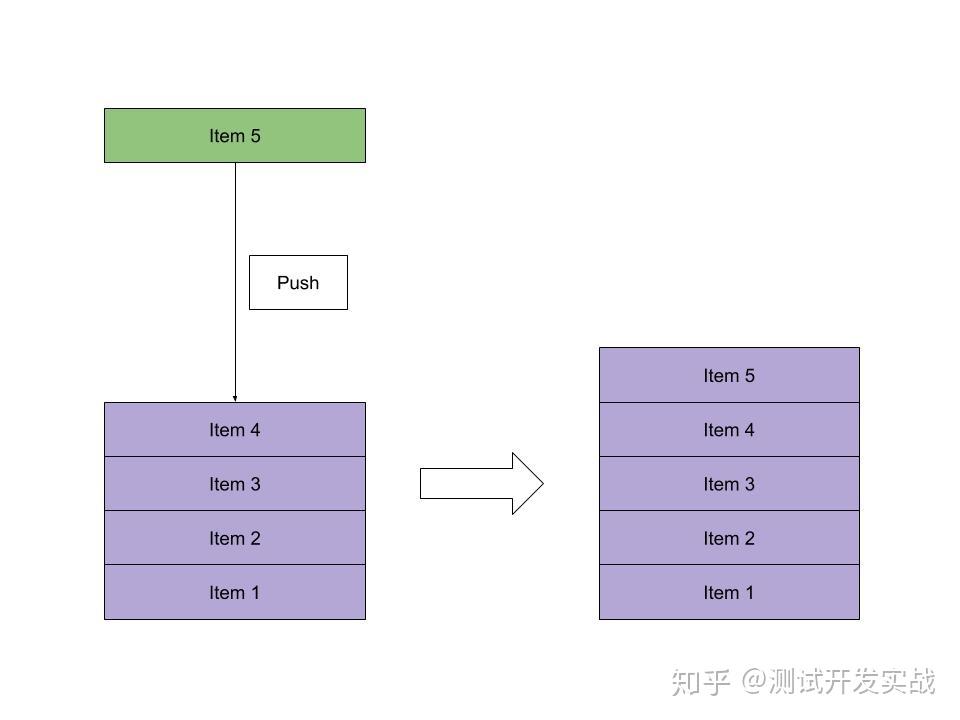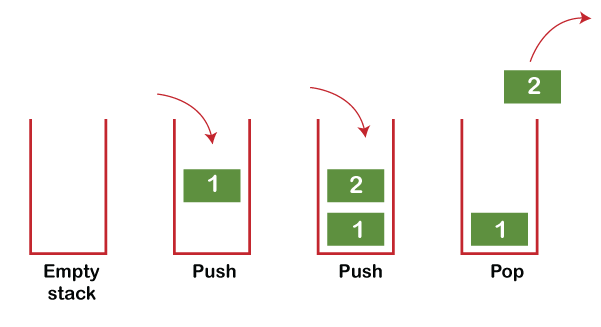

Use np.insert() to insert at an any position, not at the beginning or the end. For details, refer to the official documentation below. Other methods like np.r_ and np.c_ will not be discussed here. In most cases, np.concatenate() and np.stack() can handle your needs, but it is helpful to remember np.block(), np.vstack(), and np.hstack(), particularly for 2D arrays. For example, np.concatenate() is used to concatenate 2D arrays vertically and horizontally, while np.stack() is used to stack 2D arrays to create a 3D array. Np.concatenate() concatenates along an existing axis, whereas np.stack() concatenates along a new axis. Concatenate in the depth direction with np.dstack().Concatenate horizontally with np.hstack().Concatenate vertically with np.vstack().Concatenate with a specified arrangement with np.block().Concatenate along a new axis with np.stack().Specify the list of arrays to be concatenated.This article explains the following contents. Print("the value that separates 0.In NumPy, several functions are available for concatenating multiple arrays. numpy - One-sided T-test using np.var and np.sqrt (Python) - Stack Overflow One-sided T-test using np.var and np.sqrt (Python) Ask Question Asked today Modified today Viewed 3 times 0 This is the exercise: For both of these exercise, you get two lists of values that you want to compare. #the value that separates 0.05 (thus, 5%) of the data from 95% #The p value obtained from the one sample t-test is significant Print("t-value=", tval, "p-value=", pval) Tval = (mean_after_med-mean_before_med)/s #Numpy's var function uses n as divisor as a default but when ddof is set to 1, it uses n-1 as divisor

Print('Mean after medication:', mean_after_med) Print('Mean before medication:', mean_before_med) #H1: The medication lowers blood pressureīefore_med = np.array()Īfter_med = np.array()
Np stack python code#
This is my code (where I use var_med = np.var(med_diff, ddof=1) and s = np.sqrt(var_med/n): #H0: The medication has no effect on blood pressure Could somebody confirm this please?ĭisclaimer: I know that there are different modules to do a t-test or to calculate the std with numpy but the prof wants it somehow like this, Computer Linguists, sikes. However, I thought just taking the square root of the variance is enough, without dividing by n again. Presuming that var_med = np.var(med_diff, ddof=1) is correct, do I need to divide the variance by n again under the square root? In my case, the prof has written it like this: s = np.sqrt(var_med/n).Calculating var_med with np.var(med_diff, ddof=1), does it imply that med_diff is divided by n-1 (bcs of ddof=1) by numpy itself? Albeit the confusing documentation on this, I do believe it does that afaik (this is also what I assume for the third question).


Conduct a one-sided t-test to determine if the medication isĮffective at lowering blood pressure. The alternative hypothesis is that the medication lowers blood pressure. Medication has no effect on blood pressure. Want to know if the medication lowers blood pressure. Measure the blood pressure of 20 participants before and after taking the medication, and Suppose a researcher is studying the effect of a new medication on blood pressure. To calculate the variance and the means, then compare them according to the t-test. For both of these exercise, you get two lists of values that you want to compare.


 0 kommentar(er)
0 kommentar(er)
